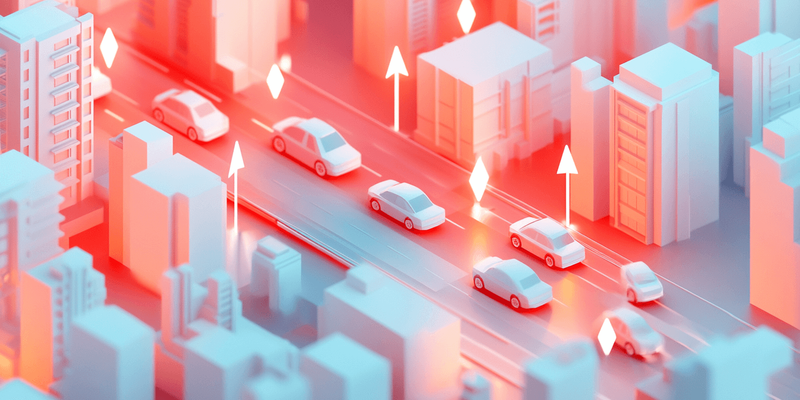
If you are not redirected within 30 seconds, please click here to continue.
Samedi: 10h – 16h HAE

If you are not redirected within 30 seconds, please click here to continue.
If you are not redirected within 30 seconds, please click here to continue.
How Long Does It Take You to Get to Work?

The average commute time to work in Canada is increasing.
Canadians are spending more time in transit commuting to work than ever before. Whether it’s by car, public transit, walking or riding a bike, as Canada’s working population grows, so does their commute time.
How are you getting to work?
According to the 2016 census from Statistics Canada, it took Canadians an average of 26.2 minutes to commute to work (up from 25.4 minutes in 2011). But how are the 15.9 million working Canadians getting to their place of employment? Overwhelmingly, three in four chose to jump in the car:
- 74% drove to work
- 12% took public transit
- 7% walked or rode a bicycle
- 6% carpooled with another driver
- 1% commuted to work by some other means (e.g. taxi, ridesharing services)
Oshawa drivers spend the most time in the car
In a 20-year span from 1996 to 2016, Statistics Canada notes there was a 28.3% increase in those who drove a car to commute to work. What this means is that now, car commuters are on average spending 24.1 minutes (one-way) to get to work, however, some are spending an even greater amount of time behind the wheel.
| City | Average Time Commuting to Work by Car | |
|---|---|---|
| Oshawa, Ont. | 30.9 minutes | |
| Toronto, Ont. | 30.3 minutes | |
| Barrie, Ont. | 30.3 minutes | |
| Vancouver, B.C. | 27.3 minutes | |
| Montréal, Que. | 26.8 minutes | |
| Hamilton, Ont. | 26.7 minutes |
Tips to navigate your commute to work smoothly
Here are some tips for getting a head start to your commute to work that will help you avoid traffic hold-ups, accidents, and snares:
- Keep calm and carry on
Try to always keep your cool when driving as there will be drivers who make mistakes that may get under your skin. Whether someone cuts you off, is driving slowly, or is acting aggressively towards you, it’s best to keep calm and ignore it. - Listen to music
Music is a great way to relax in situations when tensions are high. If traffic isn’t clearing up and you’re losing patience, find that song you like, turn it up, and singalong to reduce stress. - Be cautious
More collisions happen during the evening rush hour than any other part of the day which means you need to be extra vigilant about what’s going on around you. As always, you should be checking your mirrors, signalling before you turn, watching for pedestrians, and driving at a steady speed. - Stay focused
Being stuck in traffic for minutes on end doesn’t mean you can use your phone to catch up on social media, send a text or make a call. Your device should never be used when you’re driving. Also, eating and grooming may seem harmless when driving but it is still considered a distraction. Save it for when you arrive at your destination. - Experiment with different routes
If you find yourself frequently stuck in the same traffic jam, try going a different route. - Plan ahead
It’s best to check in with your local T.V. or radio news station to get the latest traffic updates before you head out. Also, give yourself extra time just in case an incident of any sort happens during your commute.
Save money on your car insurance
We are dedicated to helping Canadians save money by helping drivers find the lowest auto insurance rates available from our network of over 30 trusted partners. Compare auto insurance quotes today.
Get money-saving tips in your inbox.
Stay on top of personal finance tips from our money experts!









